


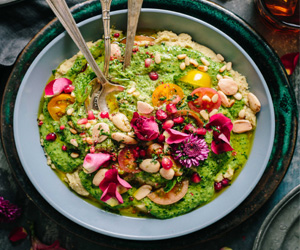
Plant-based cuisine has come a long way from being considered bland and uninspiring. In recent years, there has been a flavorful revolution in the world of plant-based cooking, offering a diverse array of dishes that not only tantalize the taste buds but also nourish the body. Let's take a closer look at the delectable and satisfying world of flavorful plant-based cuisine.
The Rise Of Plant-Based Flavors
The resurgence of plant-based cuisine is partly attributed to a growing awareness of health and environmental concerns, leading more people to embrace vegetarian and vegan lifestyles. As this shift occurred, the demand for flavorful and satisfying plant-based options rose significantly. In response, culinary experts, chefs, and food enthusiasts have delved into the world of plant-based ingredients, creating dishes that are as delicious as they are nutritious.
Fresh Ingredients As Key Players
Flavorful plant-based cuisine places a strong emphasis on the use of fresh, seasonal ingredients. Fruits and vegetables in their prime, legumes, whole grains, nuts, and seeds form the foundation of these dishes. The freshness and quality of these ingredients not only enhance the taste but also provide a wealth of nutrients, vitamins, and minerals.
Spices And Herbs For Complexity
Spices and herbs are the secret weapons in crafting flavorful plant-based dishes. Ingredients like garlic, ginger, turmeric, cumin, coriander, and a variety of aromatic herbs are used to create layers of complexity in flavors. These natural seasonings not only add depth but also contribute to the health benefits of the dishes.
Umami-Rich Ingredients
Umami, the fifth basic taste, often associated with savory and meaty flavors, is a hallmark of many plant-based recipes. Ingredients like mushrooms, soy sauce, miso, and nutritional yeast are used to add richness and depth to dishes, giving them a satisfying and meaty taste without actual meat.
Texture And Presentation
Texture plays a significant role in the appeal of flavorful plant-based dishes. Ingredients like tofu, tempeh, seitan, and various plant-based meat substitutes offer the chewiness and mouthfeel traditionally associated with animal products. Expertly prepared, these ingredients can mimic the texture of meat in a way that adds to the overall dining experience.
Global Inspiration
Plant-based cuisine draws inspiration from various global culinary traditions. Dishes from Mediterranean, Asian, Indian, and Latin American cuisines, among others, provide an abundance of plant-based options that are bursting with unique and exciting flavors. Exploring these diverse influences can lead to a richer and more satisfying plant-based culinary experience.
Health And Sustainability
Flavorful plant-based cuisine not only delights the palate but also promotes health and sustainability. These dishes are lower in saturated fats and cholesterol, making them heart-healthy options. The environmental benefits of reducing animal-based foods in favor of plant-based alternatives are well-documented, contributing to a more sustainable and eco-conscious lifestyle.
Flavorful plant-based cuisine is not just a trend but a culinary movement that has taken the world by storm. It offers a wealth of options for those seeking to embrace a healthier, more sustainable, and delicious way of eating. From fresh ingredients to a world of spices and herbs, plant-based dishes are not only nutritious but also a feast for the senses, proving that plant-based doesn't mean flavorless, but quite the opposite.
Techniques For Delicious, Safe Meals
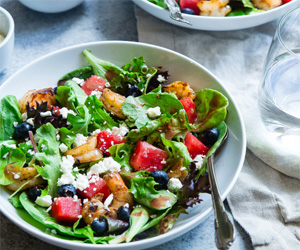 Separate Utensils: Use separate cutting boards, knives, and kitchen equipment for gluten-free cooking to avoid cross-contamination.
Separate Utensils: Use separate cutting boards, knives, and kitchen equipment for gluten-free cooking to avoid cross-contamination.
Clean Thoroughly: Ensure that surfaces and equipment are thoroughly cleaned before use. This includes cleaning countertops, oven racks, and utensils.
Label Ingredients: Clearly label gluten-free ingredients to prevent mix-ups, especially if you store gluten-containing and gluten-free products together.
Binding And Texture: Enhancing Your Dishes
Gluten provides structure and texture in many recipes. To mimic these qualities in gluten-free cooking:
Use Binders: Incorporate binding agents like xanthan gum or ground flaxseed mixed with water into recipes to improve the texture of baked goods.
The Crucial Alchemy Behind Perfect Coffee
 The Roasting Machine
The Roasting Machine
Roasting coffee demands specialized equipment known as a coffee roaster. These machines come in various sizes and configurations, from small batch roasters for artisanal micro-roasters to large industrial roasters for mass production. These roasters are equipped with advanced controls to monitor temperature, airflow, and other variables.
The Roasting Process
Drying Phase: The roasting process begins with the drying phase. In this initial stage, the green coffee beans lose moisture and begin to change color from green to yellow. The beans become more brittle, and a grassy smell is often noted.




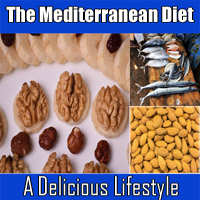

Unprocessed Foods And Their Vital Role In Health
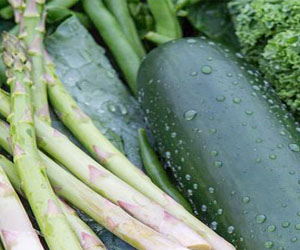 Rich In Nutrients: Unprocessed foods are loaded with vital nutrients. Fresh fruits and vegetables, for instance, provide an array of vitamins, minerals, fiber, and antioxidants that are essential for overall health. These nutrients are not only abundant but also easily absorbed by the body.
Rich In Nutrients: Unprocessed foods are loaded with vital nutrients. Fresh fruits and vegetables, for instance, provide an array of vitamins, minerals, fiber, and antioxidants that are essential for overall health. These nutrients are not only abundant but also easily absorbed by the body.
Low In Harmful Additives: One of the major drawbacks of processed foods is the presence of artificial additives, including trans fats, high-fructose corn syrup, and excessive sodium. Unprocessed foods are devoid of these harmful additives, reducing the risk of health issues such as obesity, cardiovascular diseases, and high blood pressure.
Balanced Macronutrients: Whole foods contain a natural balance of macronutrients - carbohydrates, proteins, and fats - without an excessive amount of any one component. This balance promotes steady energy levels and helps regulate blood sugar, making unprocessed foods an ideal choice for those concerned about diabetes or weight management.
Nourishing Your Body And Soul
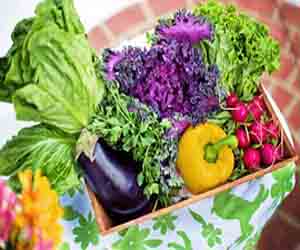 1. Nutrient-Rich Meals: Wholesome cooking allows you to maximize the nutritional value of your meals. By using fresh fruits, vegetables, whole grains, lean proteins, and healthy fats, you ensure that your body receives the essential vitamins, minerals, and antioxidants it needs.
1. Nutrient-Rich Meals: Wholesome cooking allows you to maximize the nutritional value of your meals. By using fresh fruits, vegetables, whole grains, lean proteins, and healthy fats, you ensure that your body receives the essential vitamins, minerals, and antioxidants it needs.
2. Flavorful Dishes: One of the highlights of wholesome cooking is the exceptional flavor of the dishes you prepare. Using fresh and natural ingredients results in meals bursting with taste, aromas, and textures that can't be replicated by processed foods.
3. Control Over Ingredients: Wholesome cooking gives you complete control over what goes into your food. You can avoid excessive salt, sugar, and unhealthy fats, ensuring that your meals align with your dietary preferences and health goals.
4. Mindful Eating: Preparing meals from scratch encourages a mindful approach to eating. You become more attuned to the flavors and textures of your food, fostering a deeper appreciation for each bite and promoting better portion control.

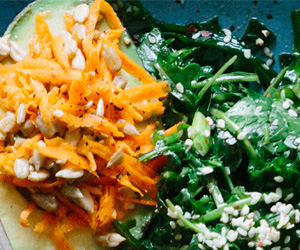


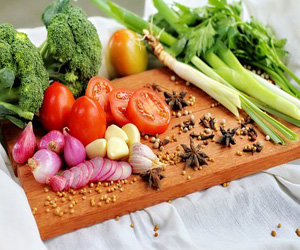 Health And Nutrition: One of the most significant advantages of homemade cooking is the ability to control the quality and nutritional value of your meals. You have full control over the ingredients you use, allowing you to create dishes that align with your dietary preferences and health needs. This control extends to portion sizes, helping you manage your calorie intake and make informed choices about what you eat.
Health And Nutrition: One of the most significant advantages of homemade cooking is the ability to control the quality and nutritional value of your meals. You have full control over the ingredients you use, allowing you to create dishes that align with your dietary preferences and health needs. This control extends to portion sizes, helping you manage your calorie intake and make informed choices about what you eat.
Customization And Creativity: Homemade cooking is a canvas for culinary creativity. Whether you're following a cherished family recipe or experimenting with new flavors, the kitchen is where you can showcase your creativity. You can adapt recipes to suit your taste, experiment with different ingredients, and personalize your dishes to perfection.
Cost-Effective Dining: Eating out at restaurants can be costly, while homemade cooking provides an affordable alternative. Cooking at home allows you to stretch your budget, save money, and make the most of your ingredients. You can also plan meals in advance, reducing food waste and making your groceries go further.